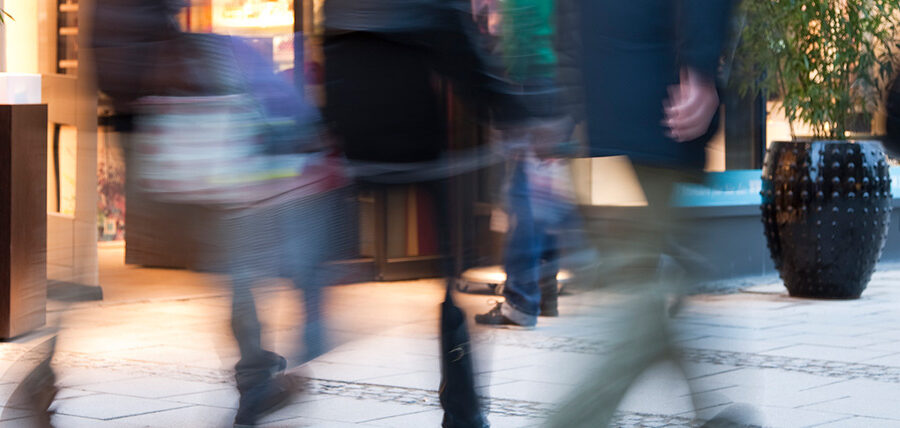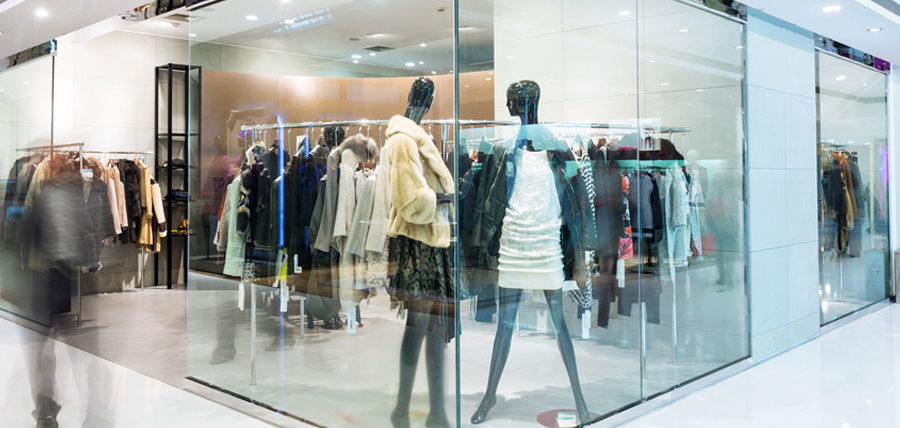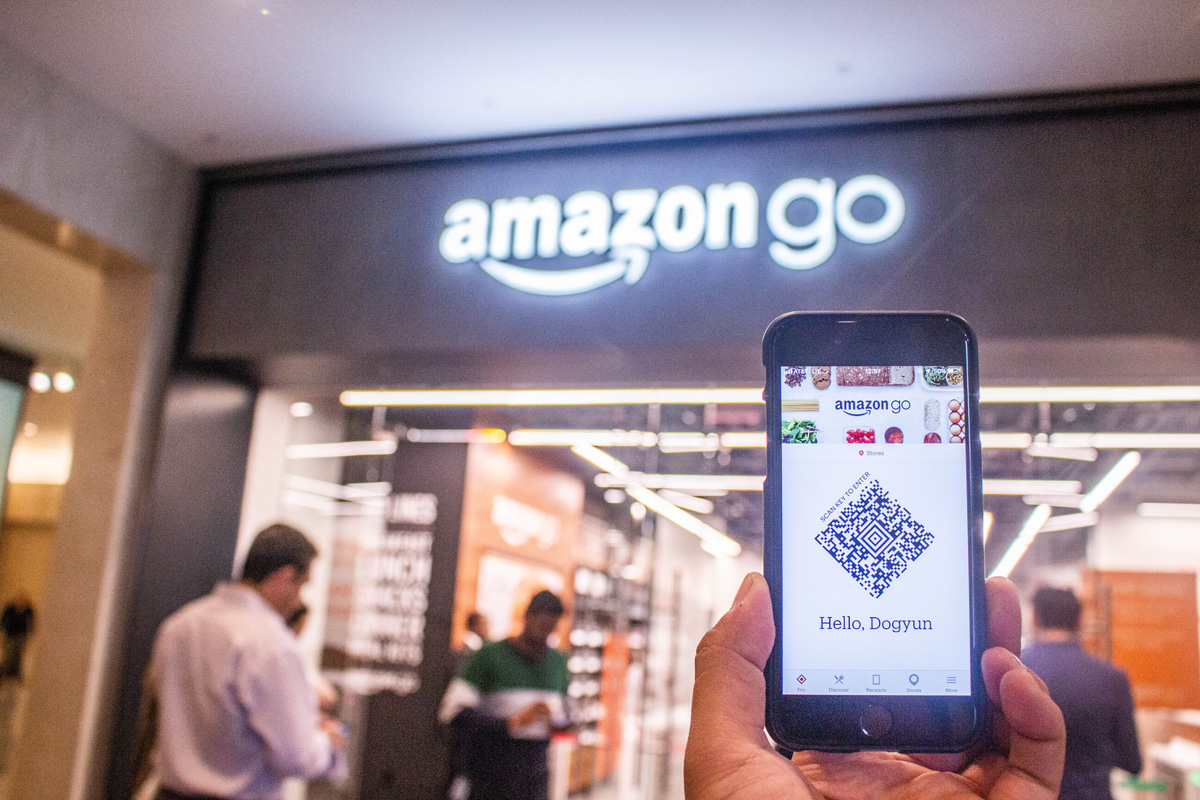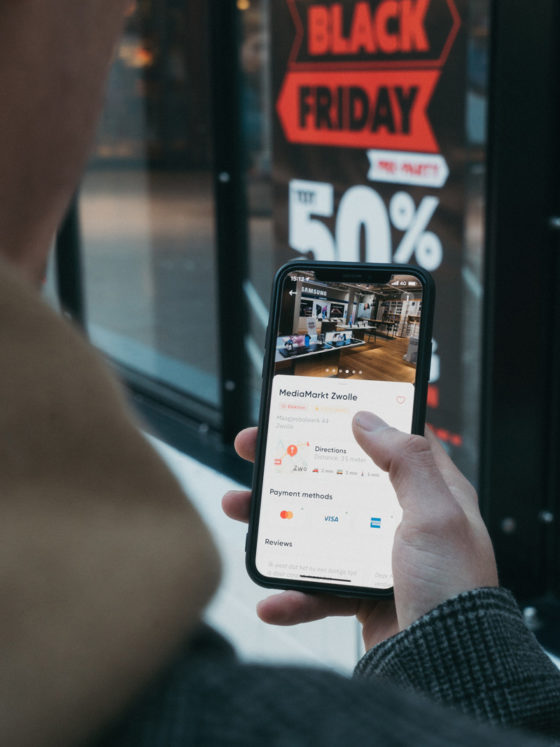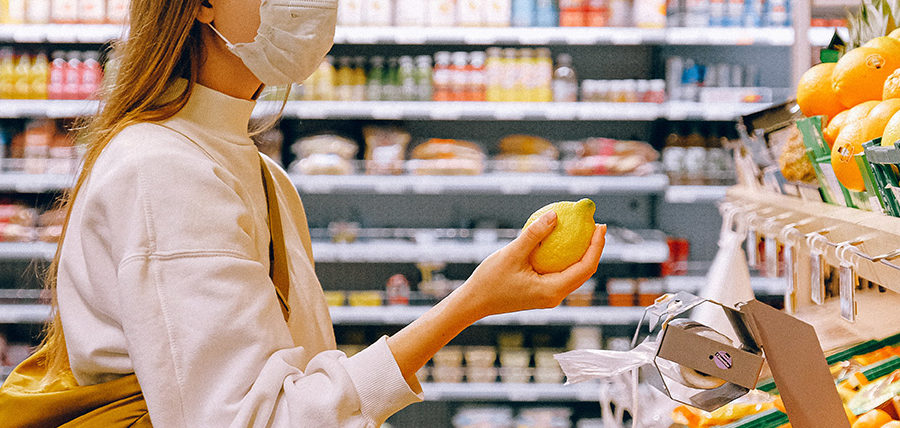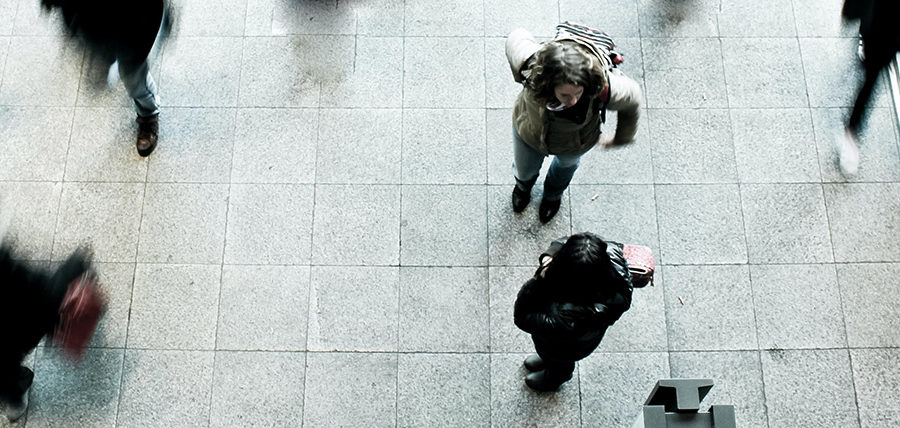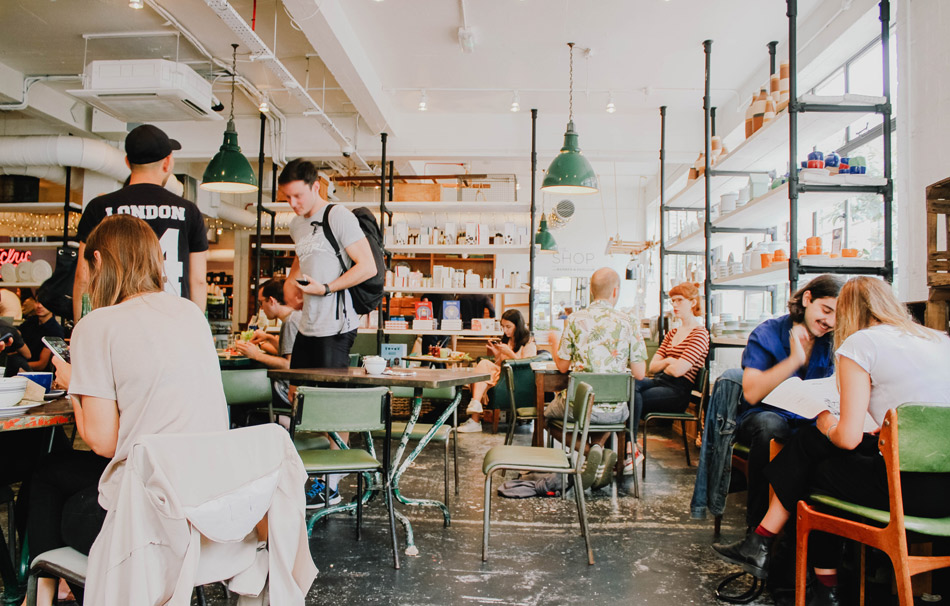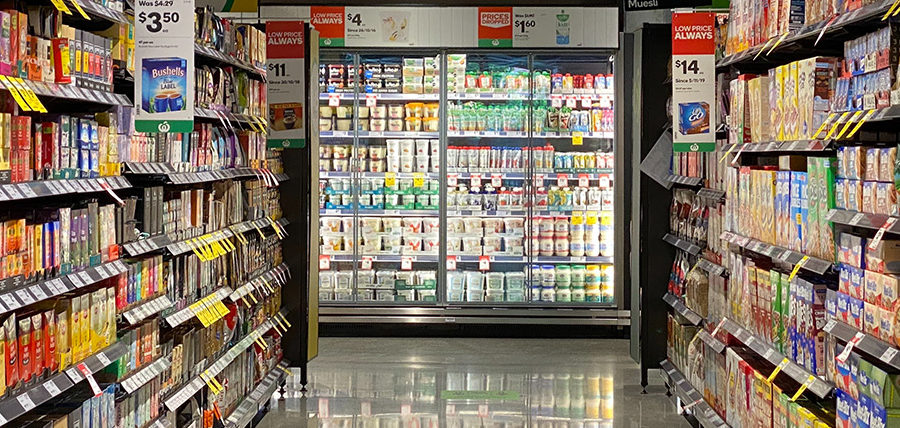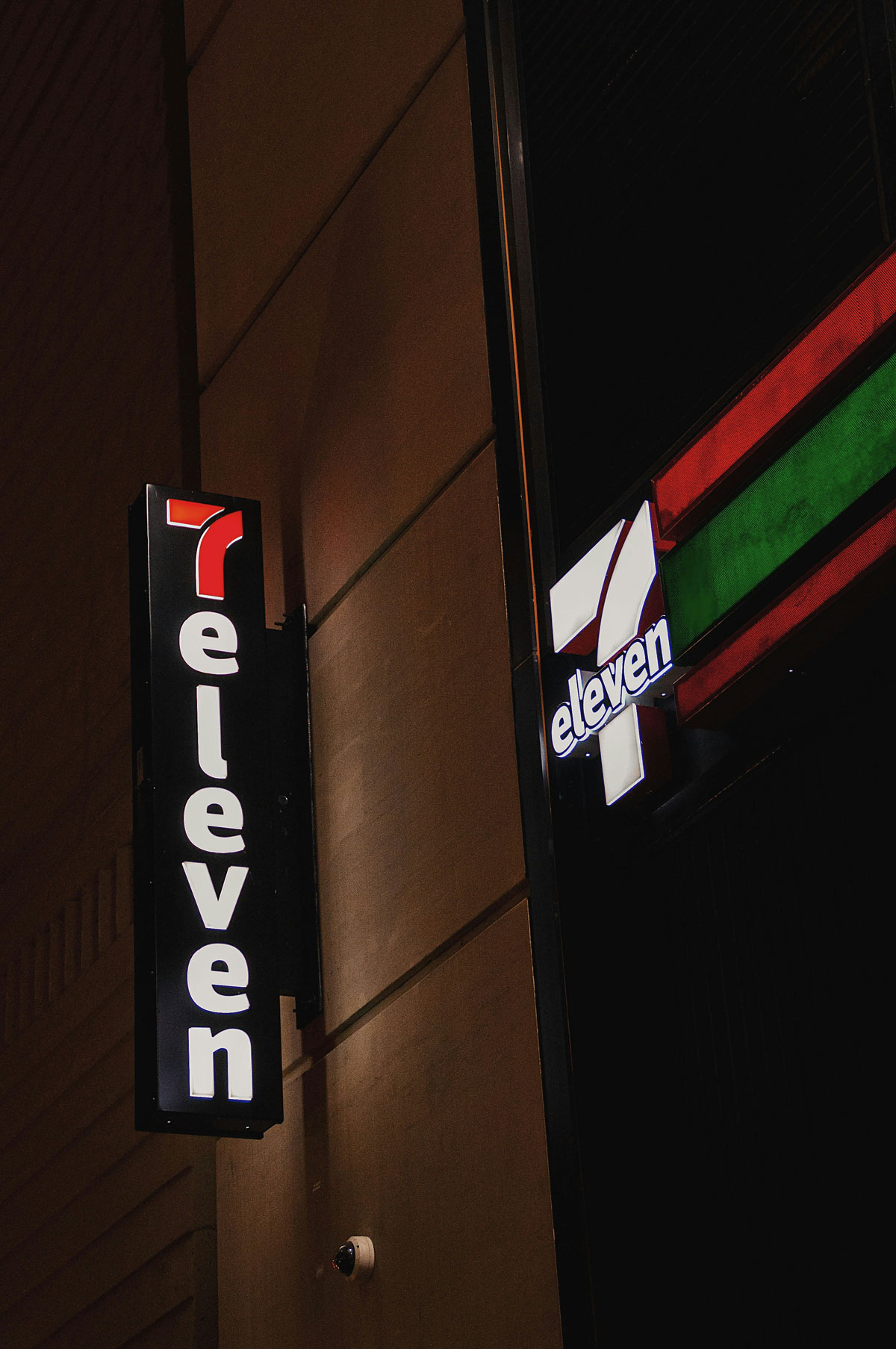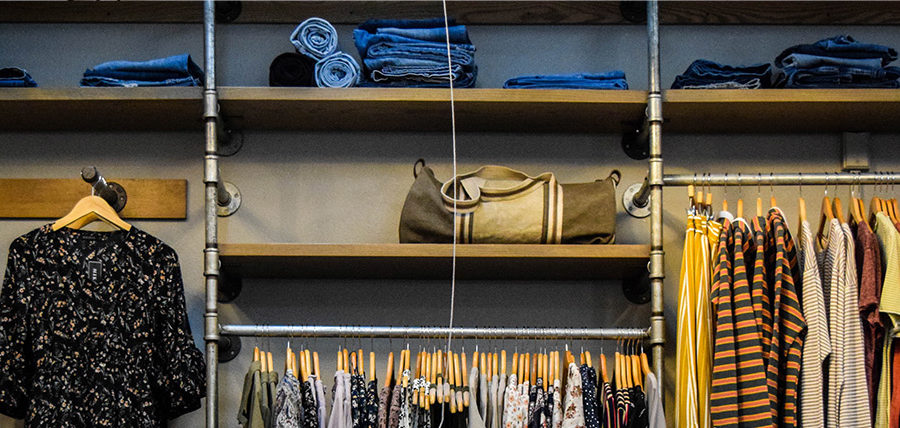In the retail industry, where competition is cutthroat and every move matters, the right location can be the ultimate arbiter of success. Yet, astonishingly, many ambitious retailers fail to recognize the untapped potential and invaluable insights that retail location data offers.
We get it. It’s easy to get wooed by a vacant retail space in a trendy neighborhood or an open location that has high foot traffic at first glance. But ignoring valuable insights before making a decision can lead to missed opportunities and potential pitfalls.
Empowered with retail store location analysis, retailers can strategically select a site that provides the best opportunities to achieve objectives and maximize profit potential.
But what kind of information is useful in determining the right location for your retail business so that you can make the best decision for long-term success?

A Data-Driven Approach to Evaluating Retail Locations
In a dynamic marketplace, retailers must stay ahead of the curve before they ever even open. Harnessing the power of data and leveraging it to make informed decisions about where to invest in real estate is critical in today’s competitive retail landscape.
But what exactly is location data, and how can it help your business? On a macro level, location data refers to information that indicates the geographic position of places, people or objects. While location data can provide details like latitude and longitude coordinates or direction of movement, this information can also provide valuable details like patterns, trends and even historical information that can help businesses make important decisions.
For example, this type of data is widely used in targeted advertising. By analyzing location data, businesses can understand the behavior and preferences of their target audience in different locations, enabling them to tailor their marketing campaigns accordingly.
Location data can also be utilized in supply chain management, helping businesses optimize logistics, track shipments and improve overall operational efficiency. By analyzing historical location data, businesses can identify patterns and trends, optimize routes and reduce delivery times, ultimately saving costs and enhancing customer satisfaction.
When evaluating retail spaces, location data is a specialized type of intelligence that can unveil hidden secrets and untapped potential of each possible storefront. The data isn’t only about roads, buildings and traffic patterns. Location data can unveil who lives in an area, their average incomes, the types of homes they live in and more demographic details.
Thanks to advances in location data, retailers can now explore potential locations by leveraging sophisticated analytics and predictive modeling that analyzes a wide range of factors like competitor proximity, demographic information, and consumer behavior.
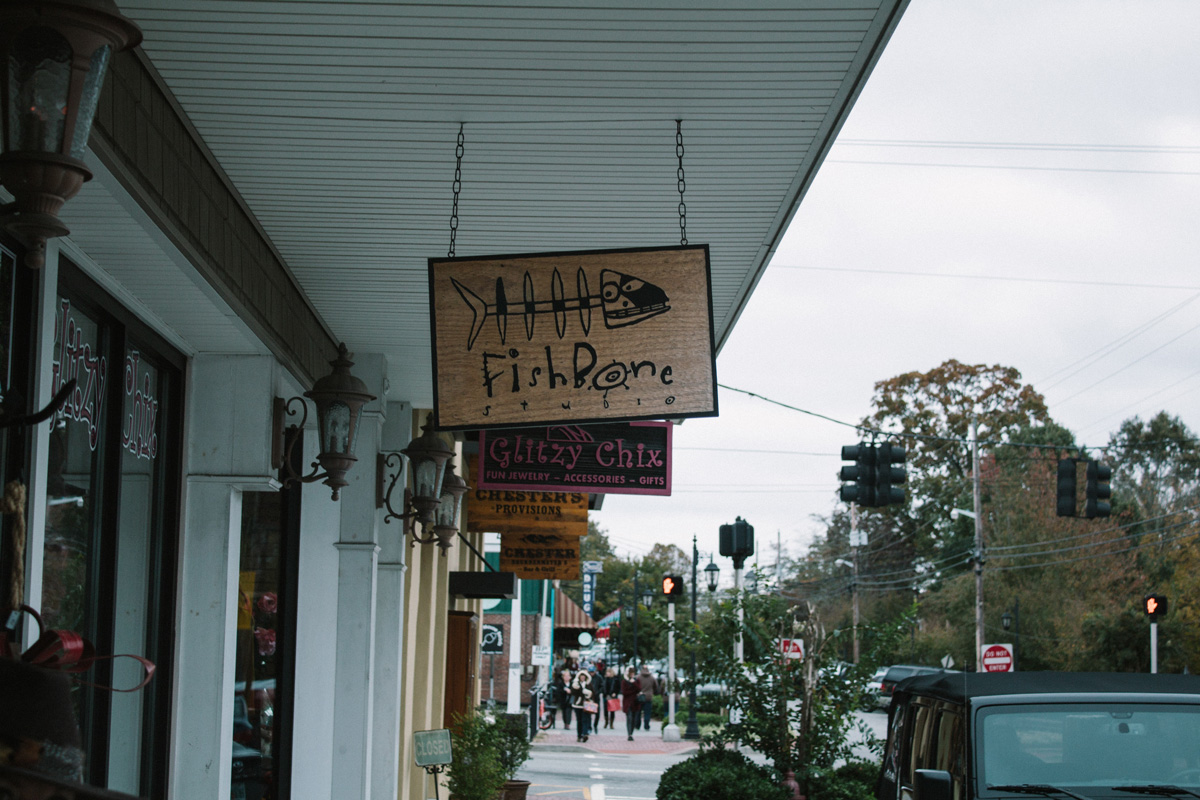
Key Data Points when Evaluating Locations
A retail store location analysis involves examining several data key points that include:
- Demographics: Beyond population size and income levels, savvy retailers now delve into the nuanced intricacies of the community. They unravel the aspirations, values, and lifestyles of potential customers, tapping into the emotional connections that drive purchasing decisions.
- Competition: Competition is no longer just a hurdle to overcome. It’s an opportunity for collaboration and differentiation. Retailers armed with this new mindset embrace the strengths and weaknesses of their counterparts, crafting innovative strategies that set them apart. By harnessing the power of partnerships and symbiotic relationships, they create unique experiences that resonate with customers on a deeper level.
- Foot traffic: Foot traffic analysis evolves into an art form, a delicate dance between prediction and anticipation. Retailers move beyond static numbers and tap into real-time data, understanding the ebb and flow of customer movements. By embracing the patterns of time and space, they strategically position themselves to intercept the ever-changing currents of consumer traffic.
- Accessibility: Accessibility encompasses more than physical proximity. Retailers now navigate a complex landscape of convenience and connectivity. They reimagine the concept of accessibility, exploring parking availability, public transportation integration, and the interplay of digital and physical realms. By seamlessly blending the virtual and brick-and-mortar experiences, they become beacons for modern consumers.
- Cost: Many retailers struggle with achieving a delicate balance between investment and potential returns. It’s no longer a straightforward calculation. Visionary retailers consider the intangible assets and the value they bring to their chosen location. They weigh the cost of leasing or purchasing against the transformative power of their unique offerings, creating a new formula for success.
In this era of retail reinvention, the evaluation of retail locations transcends the mundane checklists of the past. It requires a fresh perspective that relies on a retail store location analysis, embracing collaboration, and tapping into the pulse of the community.

Consumer Migration Trends to Keep an Eye On
Another essential piece of data retailers should consider are the latest consumer migration trends. Consumer migration trends in the context of retail locations refer to the patterns and movements of consumers in terms of their residential locations and preferences for shopping destinations.
These trends can provide valuable insights into where consumers are moving, how their preferences are changing, and how retailers can adapt their strategies to align with these shifts.
Consumer migration trends can be influenced by a variety of factors, including changes in population demographics, economic conditions, urban development, and lifestyle preferences.
For example, a neighborhood or city may experience an influx of young professionals, leading to a rise in demand for trendy boutiques and upscale dining options. On the other hand, suburban areas may witness an increase in family-oriented retail establishments as more people move to these areas for a quieter lifestyle.
In our hometown of Columbus, Ohio, community leaders and businesses are leaning into the concept of developing mixed-use spaces in the East Franklinton neighborhood, which is adjacent to downtown, and experiencing a rebirth into a trendy, more progressive area. This area is seeing more young professionals move in just as the business district is developing Gravity – a mixed-use space that caters to entrepreneurs, artists, and other social innovators.
By analyzing consumer migration trends, which can evolve over time, retailers can identify emerging markets and potential growth opportunities. They can adjust their expansion plans, allocate resources effectively, and tailor their product offerings to meet the needs and preferences of the target consumer base in specific locations.
The Right Location for Long-Term Success
Whether you’re a retailer looking for the right location to jump-start or expand your business, you can significantly benefit from using data to inform the decision-making process.
Yet knowing how to obtain this data and then use it to make an informed decision can be challenging. Retail location analytics technology platforms can offer a tailored approach to generating real estate data with the goal of empowering clients so they can make confident decisions.
When choosing analytics technology platforms, look for qualities like:
- A user-friendly interface that is designed to simplify the analysis and visualization of data
- Modeling capabilities that leverage historical data and market trends to forecast the potential success of a retail location
- Integration capabilities that allow seamless data integration from multiple sources, such as demographics, foot traffic, and competitor analysis
- Advanced geospatial analysis tools that enable businesses to understand the spatial relationships between different retail locations, competitor proximity, and customer density
- Real-time data updates and monitoring features that provide up-to-date insights into consumer behavior
- Data security and privacy measures that ensure the protection of sensitive information
- Customization options that allow businesses to tailor the platform to their specific needs or metrics
By leveraging advanced analytics and artificial intelligence, businesses can make strategic decisions that align with their target market, mitigate risks and capitalize on growth opportunities.
To learn more about how a retail data platform can help businesses, check out ASGEdge.


